Facts from STEPHEN KING’s life as scary as his HORRORS

The author of The Shining is an extremely ordinary guy. In addition to his exceptional talent, love of hard work and generosity, STEPHEN KING has weaknesses, flaws and problems as we all do. Sometimes, however, they are more terrifying than visions of ghosts haunting hotels and scary clowns.
Dad and cigarettes

Both biographers and fans of STEPHEN KING, the master of horror who wonder about the source of ideas for his work point to King’s childhood. It is in him that they see the sources of certain elements repeated in his novels and short stories. The writer’s father, or rather his absence, had the greatest influence on Stephen. Donald Edwin King left his family on the pretext of going to the store for cigarettes when Steve (the writer prefers to be called that) was only two years old. From that evening in 1949 (or 1950) until today, the author of It still feels like a half-orphan. Dad’s absence never ceased to torment and haunt him, which is reflected in the figures of fathers in his work. Donald’s escape complicated the life of the King family, which from that moment on was doomed to severe poverty and constant relocations related to the need for Ruth – Stephen’s mother to look for work.
Related:
Death on the tracks

Fortunately, Ruth King was a very ambitious and strong person. It was thanks to her perseverance and optimism that Steve and his older brother were brought up to be good and wise people. Unfortunately, on the occasion of constantly giving children to the care of aunts, uncles and friends, the youngest King allegedly had close contact with the tragic death of his friend. Although Stephen himself decided years later that he did not remember this event at all, because he simply denied it, it could undoubtedly have had an impact on his psyche. Here, while waiting for his mother, the future writer was playing with his friend by the railway tracks. A passing freight train ran over Steve’s companion, dismembering his body. Apparently, the members of little King’s friend were collected in a wicker basket. The terrified hero of this text ran to his mother, his face white as a sheet, unable to utter a word.
Phobias and fascinations of little Steve
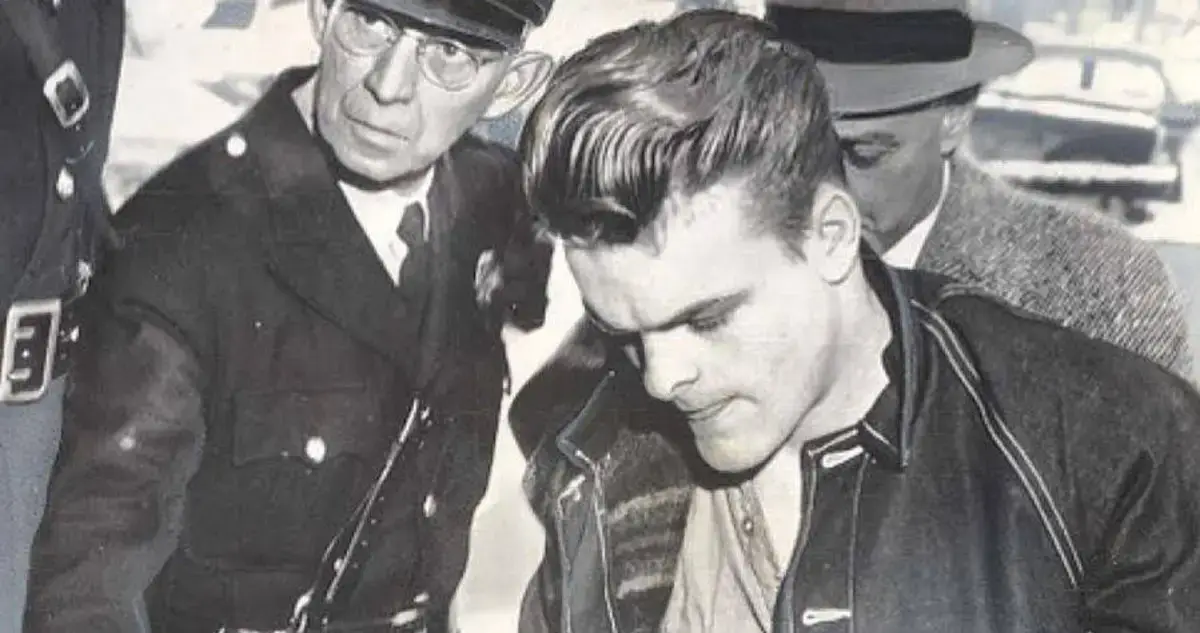
Stephen King was quite a sickly child, which often forced him to miss school. On the one hand, illnesses led him to repeat the first year, on the other hand, they caused little King to absorb and even write stories. Growing up in a family where every day was a fight for survival had a huge impact on Steve’s psyche. Everyday worries, which the mother fed her sons, led to the appearance of fears in the youngest King. At first, Stephen’s main fear was what he and his brother would do when their mother died, and then he began to fear pretty much everything – spiders, clowns, older children, even falling into the toilet. However, this did not prevent him from being fascinated by the murderer of 11 people – Charles Starkweather, for whom he even created a special album, where he pasted all the photos and articles about him. When Ruth discovered the 11-year-old’s gruesome album and declared him sick, Steve explained that now at least he could recognize the murderer’s blank stare. King’s dark interests (comics, short stories, lives of murderers) initially did not appeal to his mother. Soon, however, Ruth noticed that her youngest son had an extraordinary talent, thanks to which he, above all, would be better off in life.
Addiction
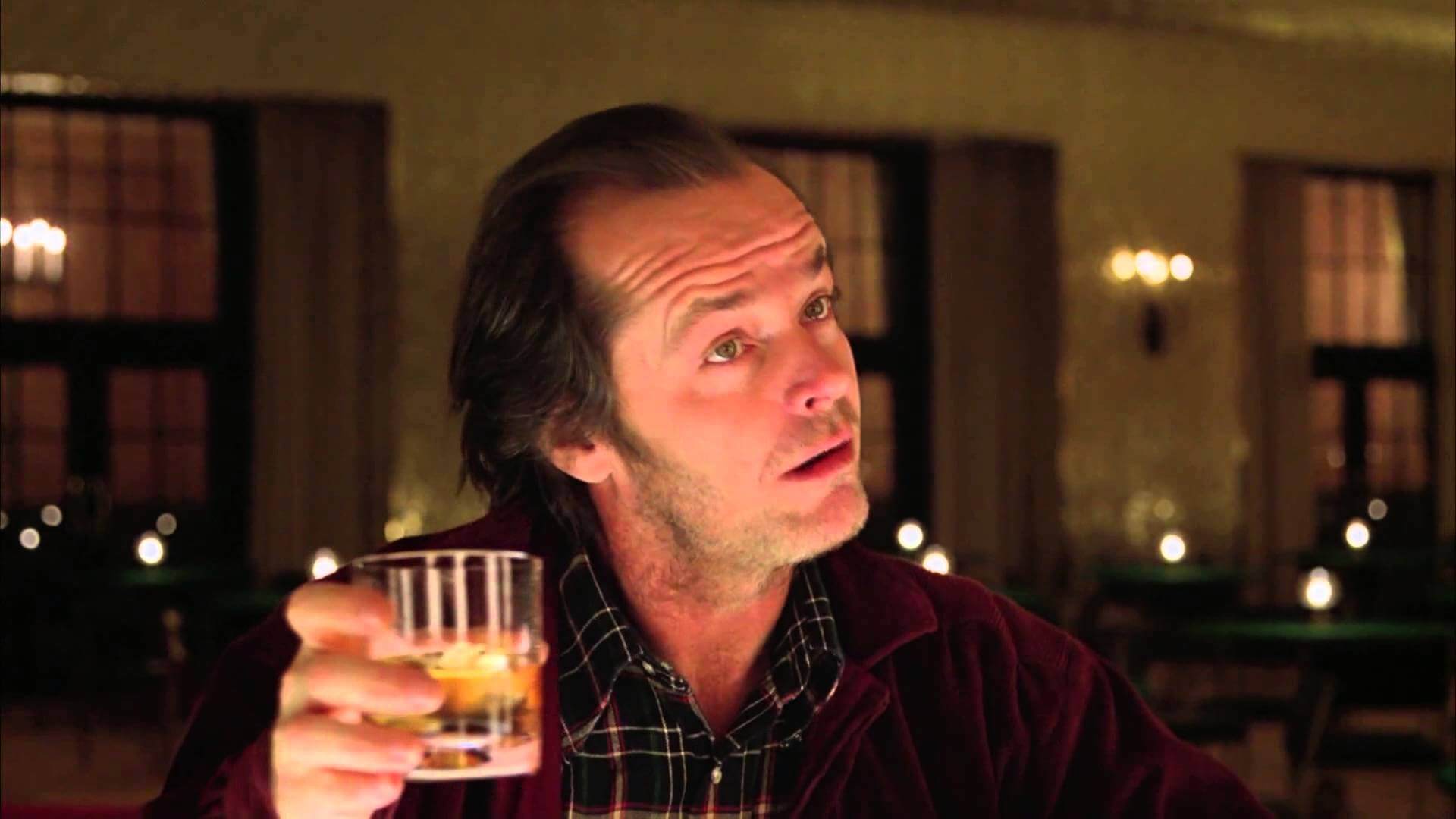
If you studied in the United States in the late 1960s, it was most likely impossible not to try one of the then-popular drugs. For some it was a one-time experience, but for others it led to addiction. In the case of Stephen, it ended up being the latter. During his time at Orono at the University of Maine, he took LSD, peyote, mescaline, and had a lot of outings as a result. Drugs supposedly allowed him to immerse himself in writing and reading, thus completely cutting him off from reality. Fortunately, a weakness for hard drugs did not prevent King from achieving recognition on the university campus, as well as from meeting his future wife – Tabitha Spruce. The readership of his columns in the student newspaper made Steve a real star. After graduating from the University of Maine, Stephen and Tabita had a baby. King, like his mother, had to take on various jobs so that the family could afford food and bills. After days of working at the gas station, school, or laundry, he would come home and relax by writing stories and drinking alcohol. Steve’s alcoholism lasted over 10 years. The writer spent his hard-earned money in bars and casinos. He was so drunk that it was only thanks to his wife that King’s first novel, Carrie, saw the light of day. Shortly after the success of the story about the girl with paranormal abilities, Steve received very sad news – his mother lost her battle with cancer. He showed up to Ruth’s funeral completely drunk. From then on, beer, whiskey and vodka began to mix with depression. The theme of alcoholism, presented in various interesting and often shocking shots, often found a place in the works of the master of the macabre of that time. The story Gray Cells, which was adapted into film language in the first episode of the latest Creepshow anthology, is about addiction. However, King’s alcoholism was personified many years later by Annie Wilkes, the heroine of his 1987 novel Misery. It was only then that the author began to realize that he had a serious problem.
Mother's death
On December 18, 1973, on the occasion of Ruth’s death, an event took place that more than anything else resembles fragments of the master’s horror films. Apparently, at the very moment Ruth King took her last breath, Joe, born in 1972 son of Steve and Tabitha, choked on something while lying in his crib. Tabby saved him at the last moment. Since then, fear of choking has been added to Stephen King’s phobia collection.
Vasectomy and cocaine
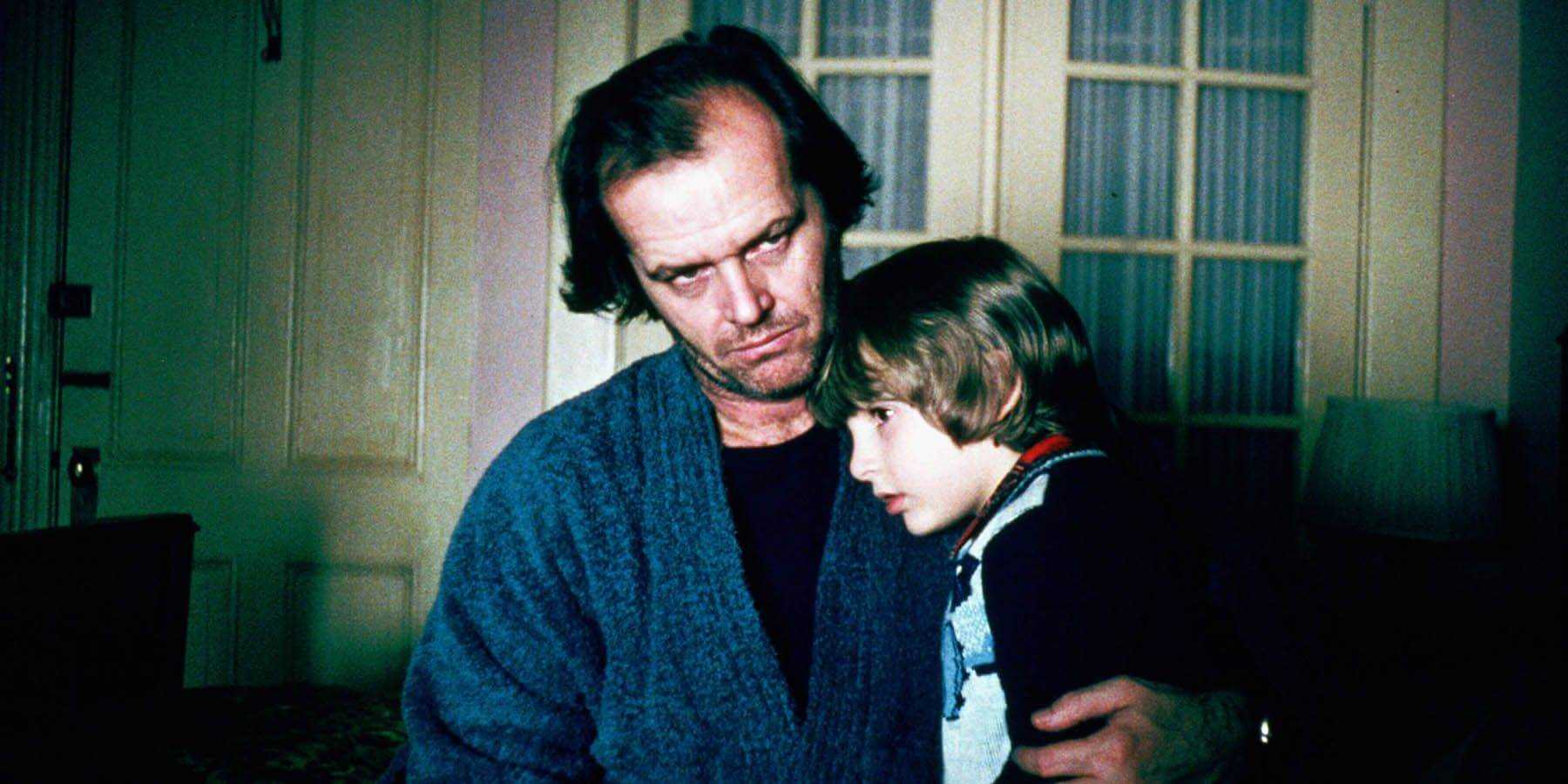
King’s alcoholism had a huge impact on how the writer treated his children. Of course, there is no question of bullying or even spanking them, but it was not uncommon for Steve to think of scolding children for their little antics. Doesn’t this remind you of Jack Torrance from The Shining? After the birth of the Kings’ third child, Owen, Stephen decided to have a vasectomy. After returning from surgery, he immediately set to work on the novel Firestarter. Although he noticed that he was sitting in a pool of blood, he was doing well enough to write the text that he decided to finish first and then go to the hospital. Only the intervention of a terrified Tabby pulled him away from the keyboard. The writer’s weakness for cocaine could also have contributed to this state of affairs.
Haunted Villa in Bangor

King’s growing popularity forced his family to travel around the country frequently. Since the future author of Cujo was already recognized by a lot of people, and he needed a quiet place to continue writing, he and Tabby decided to buy a house in Bangor, Maine. King’s house is an Italian-style villa built in the mid-19th century. It seems almost perfect for a horror writer – especially since it’s haunted. Apart from the King family, the ghost of General Webber, who died there, is allegedly living there. Although the apparition never appeared to Stephen, the writer maintains that he often feels its presence. Tabby, on the other hand, believes in Webber’s ghost, as he occasionally hears strange moans and sometimes unexpectedly smells cigar smoke.
I'm your biggest fan
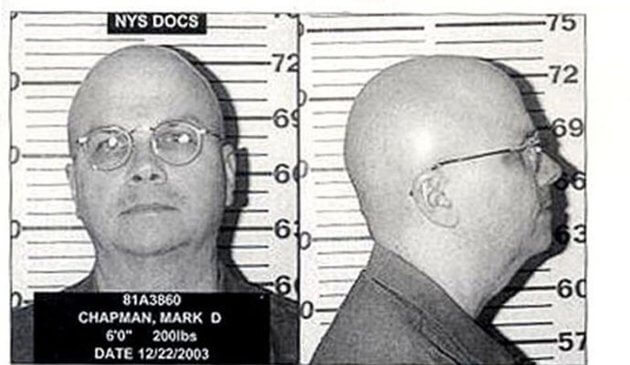
On December 8, 1980, a certain Mark Chapman murdered John Lennon. What does this have to do with the hero of this feature? Well, on the occasion of the May promotion of The Shining in New York, a man who introduced himself as his biggest fan approached King. He reportedly asked the writer for an autograph on a piece of paper. When Stephen asked the man’s name, he replied: Mark Chapman. Although, according to Steve’s later findings, his Chapman could not have been the same Chapman who murdered Lennon, a fear of mad admirers sprang up in the mind of the master of literary horror.
Stephen’s next phobia turned out to be well founded. In April 1991, Erik Keene broke into the Kings’ villa and confronted Tabby, holding a brown package in his hand and saying it contained a bomb. He also claimed that he would detonate it unless the master of the house admitted that Misery had plagiarized his aunt’s text. Fortunately, Stephen’s wife managed to escape from the house and call the police. It turned out that the burglar was on parole, and the package he held in his hand was filled with pencils and paper clips.
Rehab
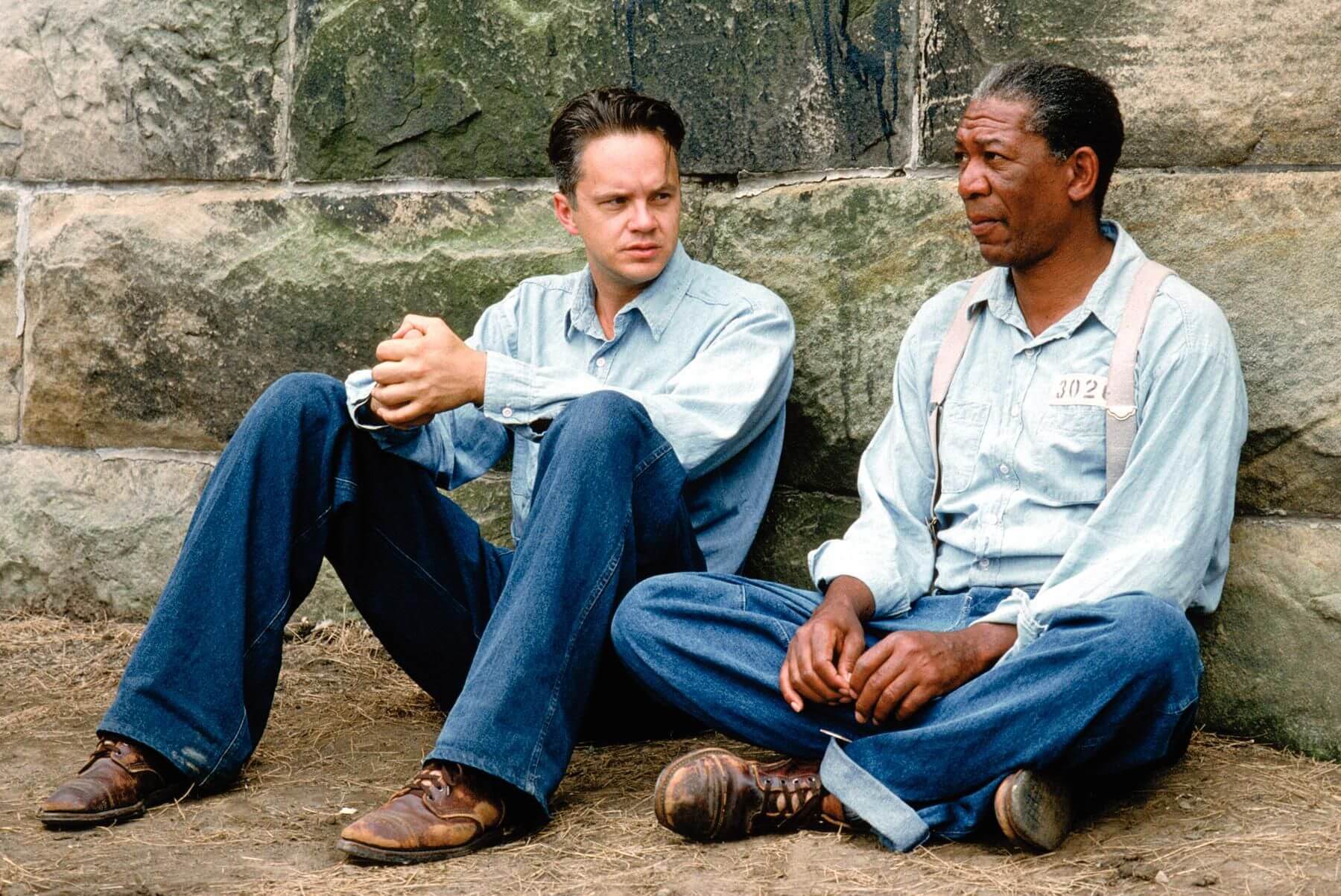
Let’s return to Stephen King’s alcoholism and cocaine addiction. Realizing the seriousness of the problem and having a serious conversation with Tabby, the writer vowed never to reach for a glass or a line again. Unfortunately, in Steve’s head there was a doubt whether it was not the drugs that made him a world-famous author. After all, it can be said that Carrie, The Shining, It and many other novels by the master of horror were written when King was perpetually high. Along with the desire to write the first pages of the text completely sober, the darkest visions of the author came true. Steve couldn’t get a single word down on paper. His wife came to his aid and promised her husband that he would learn to write again. Stephen’s early years in rehab were very difficult, and his creative fertility visibly declined. The breakthrough year turned out to be 1990, when King’s magnum opus The Stand was reissued. The rehab period of the master of literary horror was dominated by the author’s desire to move away from horror films in favor of stories without paranormal elements (Dolores Claiborne, The Shawshank Redemption).
Rage
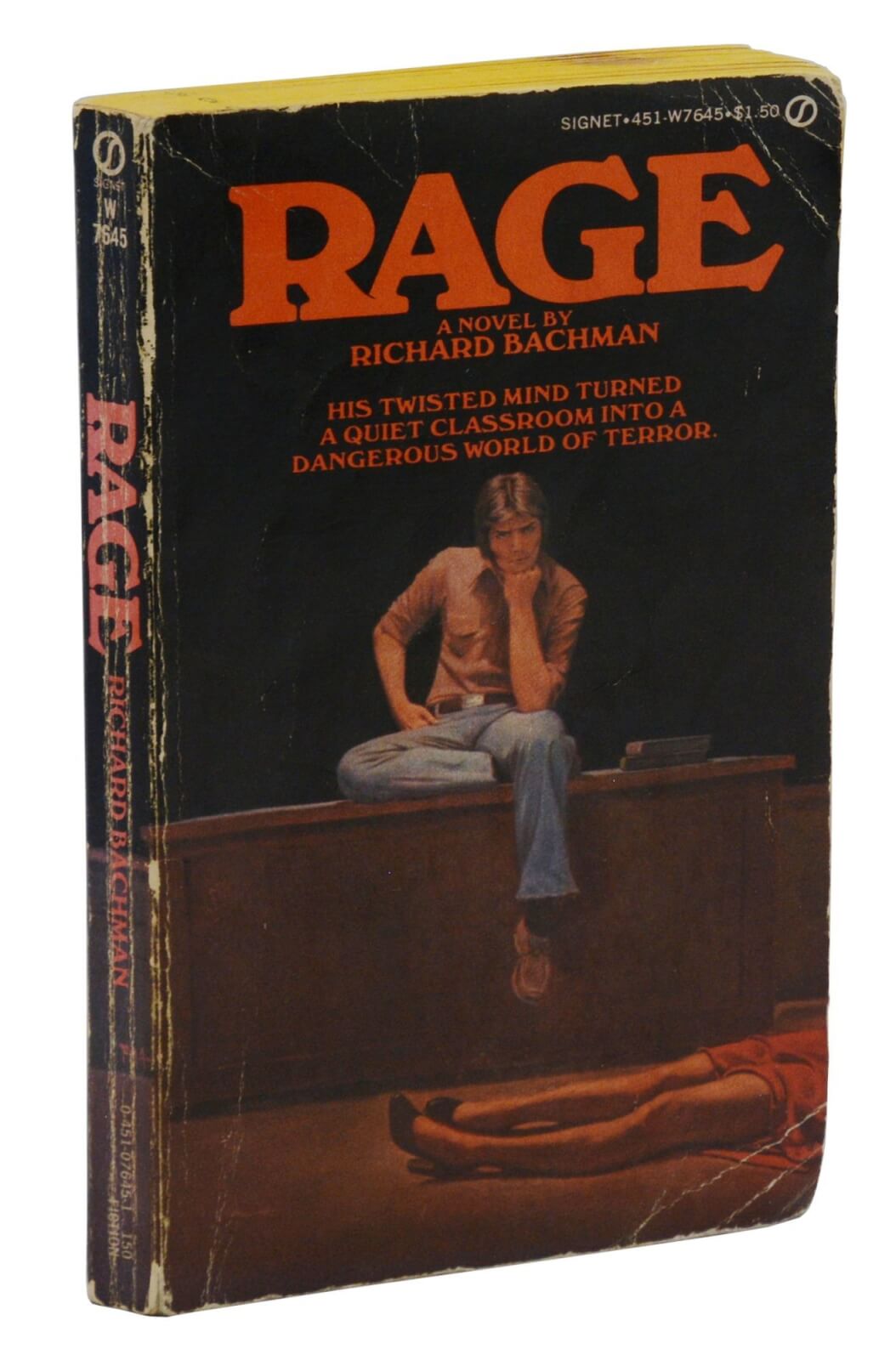
Before Carrie was published, Stephen King, hiding under the pseudonym Richard Bachman, wrote Rage. The book is about Charles Decker, a student at one of the schools in Maine, who one day comes to class with a gun. He kills two teachers and takes 24 students hostage. In 1996, a 15-year-old boy from Moses Lake High School killed two friends and a teacher to whom he had quoted a passage from Bachman’s first novel before dying. In 1997, a 14-year-old boy shot and killed three students at a high school in Kentucky. After the perpetrator was apprehended, a copy of the Rage novel was found in his locker. These events, as well as the Columbine massacre of April 1999, prompted King to immediately withdraw the entire circulation of Bachman’s book from bookstores and refuse to allow it to be published again.
Blue van

Although in June 1999 Stephen King had been clean from drugs for over a decade, and all signs in heaven and earth indicated that he would live the rest of his life in peace, the alcohol and drug fate reached the writer from another side. During the traditional book walk, Steve was hit by a blue van. It turned out that his driver was a local drunk and drug addict – Bryan Smith. The accident was very serious. King suffered a broken right knee and spine in eight places, a broken hip and four ribs. Doctors reportedly considered for a moment whether to amputate Steve’s leg. Fortunately, it ended only with the insertion of special wires. After waking up after surgery, the author of The Green Mile realized that morphine and other painkillers were being injected into his blood by drips. It scared him more than the accident itself, because he felt the effects of familiar substances from years ago again. Months of pain after the accident and surgeries had quickly made Stephen addicted to the pills, but this time he understood perfectly well how devastating they could be on him. He vowed to stop the pain as soon as the pain eased. He kept his word.
Interestingly, a few months after the hit-and-run, King decided to buy a blue van from the perpetrator for $1,500. The decision was conditioned by the fact that the writer did not want the car to fall into the hands of some psychofan collecting items related to the master. Stephen even had the idea to put the car up for auction, where anyone could hit the body of the van with a sledgehammer for five bucks. Tabby knocked this crazy idea out of his head, and Smith’s vehicle was immediately scrapped after being bought out.
The septuagenarian Stephen King is a calm, exemplary husband, father and grandfather, who probably has the most turbulent times of his life behind him. He openly says, however, that he is still an addict. Fortunately for him (and us), his only drug remained writing.





